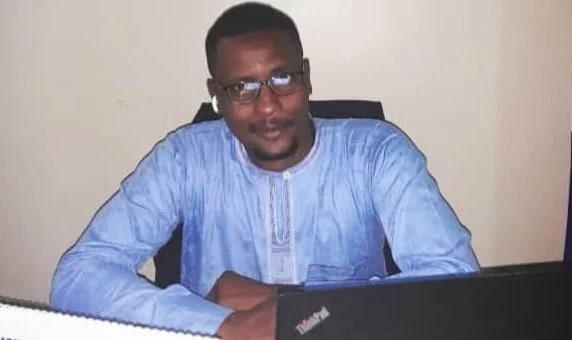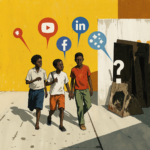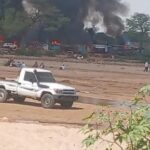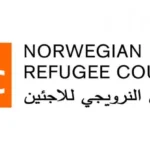Mohamed Osman
The recent unfortunate and terrible acts of violence in South, Central and West Darfur, and now North Darfur, are not new. Rather, they have a long and bitter history and are an extension of the conflicts of the mid-eighties of the last century, during the drought that struck the northern regions, making the southern regions a field of conflict over vegetation resources, where they settled. The battles were fought by the tribes creeping north of the camel herders of the Zaghawa, the Mahariya Arabs, the Shatiya, Umm Jalloul, the Arayqat and the Atifat, who inhabit the upper northern parts of the desert belt, against the sedentary farmers 1980, the Zaghawa against the Rizeigat 69, and the Zaghawa against the Barqad 74.
Mohamed Suleiman Mohamed points out in Wars of Resources and Identity that the brilliant documentation of the conflict provided by researcher Sherif Harir, who is considered a primary source of information about the conflict in all its stages since the 1980s, rightly confirmed the significance of what is called (the curse of the strategic location), which applies to recent events. Where reprisals appear with the intention of displacement in favor of the Arab tribes and pastoral tribes to control the land, as they took place in the villages of voluntary return (Amori, Takla, Kabaqi, Arbaa Gemmayzeh, Humaydah, Katra Shatti, Qashtir, Qalqalai, Doka, Um Tarina, Ashma and Kamski), these villages were completely burned; The result of acts of revenge for the killing of an Arab was a result of a prosecution for the killing of a Daju in a road blockade incident, according to what was stated in a statement by the Daju from the year 2021.
The Daju tribe, according to the administrative division of the lands in Darfur, are the people of those lands, with historical ownership as the people of a sultanate that has a name in the history of Darfur extending to the city of Nyala, the capital of South Darfur state. The word Nyala, according to their local language, refers to the meaning of (place and place).
The Daju tribe was marginalized in the context of the struggle over power and resources in Darfur in its final manifestation. They were victims of displacement during times of war, and the peace process did not include arrangements that accommodated their situation. The files of compensation, reparations, reconstruction, justice…etc. were not implemented, and are not of interest to the parties. The peace process (some of the Arabs, Zaghawa, Fur and Masalit) from the tribes of North, Central and West Darfur more clearly, which took the character of an alliance (victors) rather than a just settlement to achieve a just and comprehensive peace.
This issue opens the door wide to new peace questions. There is a party to the conflict that has become stronger (with the weapons of the state and the tribe) in the case of the Rapid Support Forces. Information from there indicates the involvement of members of Arab and pastoral tribes in those areas in the recent conflict. It is a double challenge: how to ensure the neutrality of the state apparatus in such cases, and how to separate the weapons of the tribe and the state in any disarmament operations with the aim of building peace and achieving justice and fairness. There is another challenge, represented by strengthening the position of stakeholders and historical rights in implementing the peace agreement, which did not meet the aspirations of the peoples of Darfur as a legal right that prevents and prevents them from resorting to carrying weapons in light of the alliances of armed forces of former combatants.
Now we must place the issue of peace in the depths of national concern in a more serious way, so that it does not become an authoritarian privilege for parties that are actually not neutral in the events that are occurring now.
There is a large exodus from the burned villages. Even the cities, especially South, West and Central Darfur, this trend may rebuild the crisis in Darfur in a different way, which requires political actors to review the discourse of grievances to provide the minimum requirements for post-war coexistence.
In the war of the Rapid Support and the Sudanese army, there is no neutrality in Darfur at all, but there is a clear alignment that deepens the violence of the war on citizens. This bias, of an ethnic and tribal nature, from all components of Darfur has made human color a symbol of distinction for killing and slaughter, as happened in the last battles of the Rapid Support in Western Darfur. In the Erdemta region, certain families were liquidated based on their tribal affiliation, and no one can come up with any justification other than that.
The war of the Sudanese Armed Forces with its militias under various names is the recycling of the conflict in Darfur in particular for demographic change after Sudan lost its dear south, and these wars carry within them complexities that require thinking differently if people want peace.








